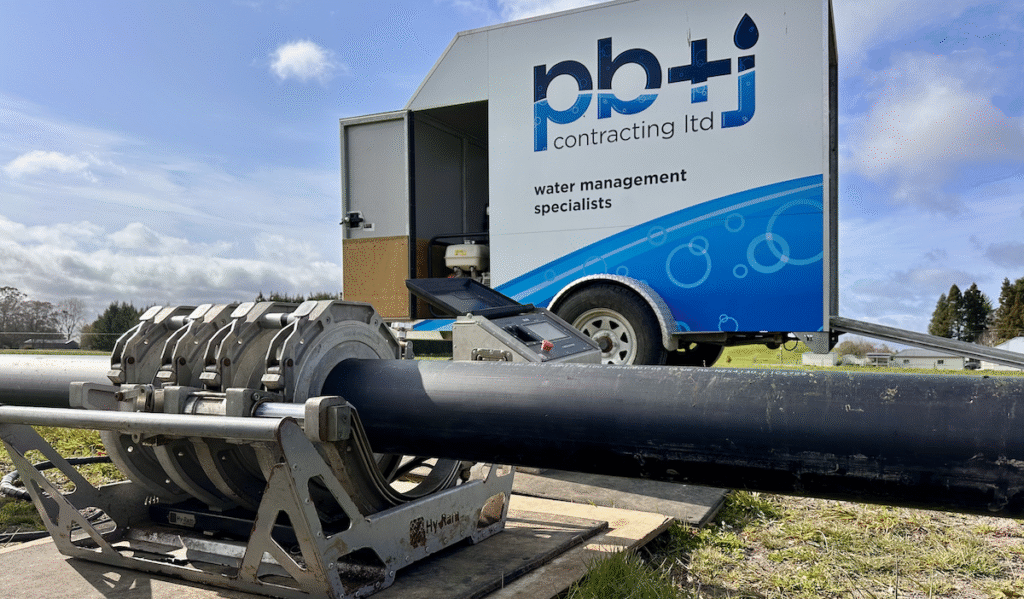lead trainer
Mark
Habel
Masters of Plastics
Polyethylene Industry Specialist




Did you know the relationship between heat and viscosity is important in the electrofusion process because to achieve a strong bond between the pipe and fitting surfaces, the materials in the weld zone need to flow easily to mix with one another. As the well mixed materials cool they become monolithic or as ‘as one’.
The electrofusion process relies on the heat created in the fitting’s conducting wire to melt the surrounding polyethylene and create pressure as the polyethylene expands. The welded assembly then passes through a ‘cool down time’ to let the pipe and fitting polymer chains entangle with one another as they cool.
Select Date & Time
Your Reservation
Location
{location_name}Clients
Trainer
{employee_name}Price
{reservation_price}Total: $0
Making a reservation...
Following a devastating earthquake in Christchurch in 2011, workers from all over the world flocked to help the city rebuild. Over 200 people were said to be performing electrofusion and butt welds on the city’s PE pipelines.
The Christchurch City Council had little visibility of who was welding or their qualifications. Over 30% of newly installed welds (both electrofusion and butt welds) failed the ISO test used to determine long term strength in welded HDPE joints.
The council went on a crash course on the process for successful HDPE pipe welding. This new approach saw weld failures fall to approx. 0.3%.
Proper training delivered a high quality pipeline asset with a vastly improved lifespan achieved through properly installed joints welds. This is the blue print for how we train and the outcomes that define sucess for us at Lernna.